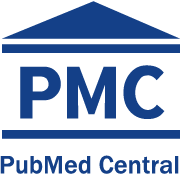Prevalence and associated factors of macrosomia in Peru, 2013
DOI:
https://doi.org/10.17843/rpmesp.2017.341.2765Keywords:
Fetal Macrosomia, Cesarean Section, PeruAbstract
Objectives. To determine the prevalence of macrosomia and factors associated with it in Peru and to describe the occurrence of complications peri- and postpartum. Materials and Methods. Birth weights of children under the age of 5 years were analyzed using data from the 2013 Demographic and Family Health Survey (ENDES) carried out by the Instituto Nacional de Estadística e Informática. Children with a birth weight higher than 4000 g were considered macrosomic. A logistic regression analysis was used to establish the independent association of sociodemographic factors with macrosomia. Results. The sample comprised 6121 children. The prevalence of macrosomia was 5.3% (95% interval confidence: 4.8-5.9%). Being male, a higher birth order, maternal obesity, and greater maternal height were independently linked with macrosomia. Caesarean births were more common in macrosomic children than unaffected ones (43.9% vs 26.9%). Complications during birth and postpartum were common but not statistically linked with macrosomia. Conclusions. The prevalence of macrosomia in Peru is relatively low compared to other low-to-middle income countries. The factors associated with macrosomia were mainly unmodifiable, with the exception of maternal obesity. Macrosomic children were more frequently born by caesarean. Weight reduction and the prevention of obesity in women of childbearing age in Peru could potentially reduce macrosomia and caesarean rates.





























